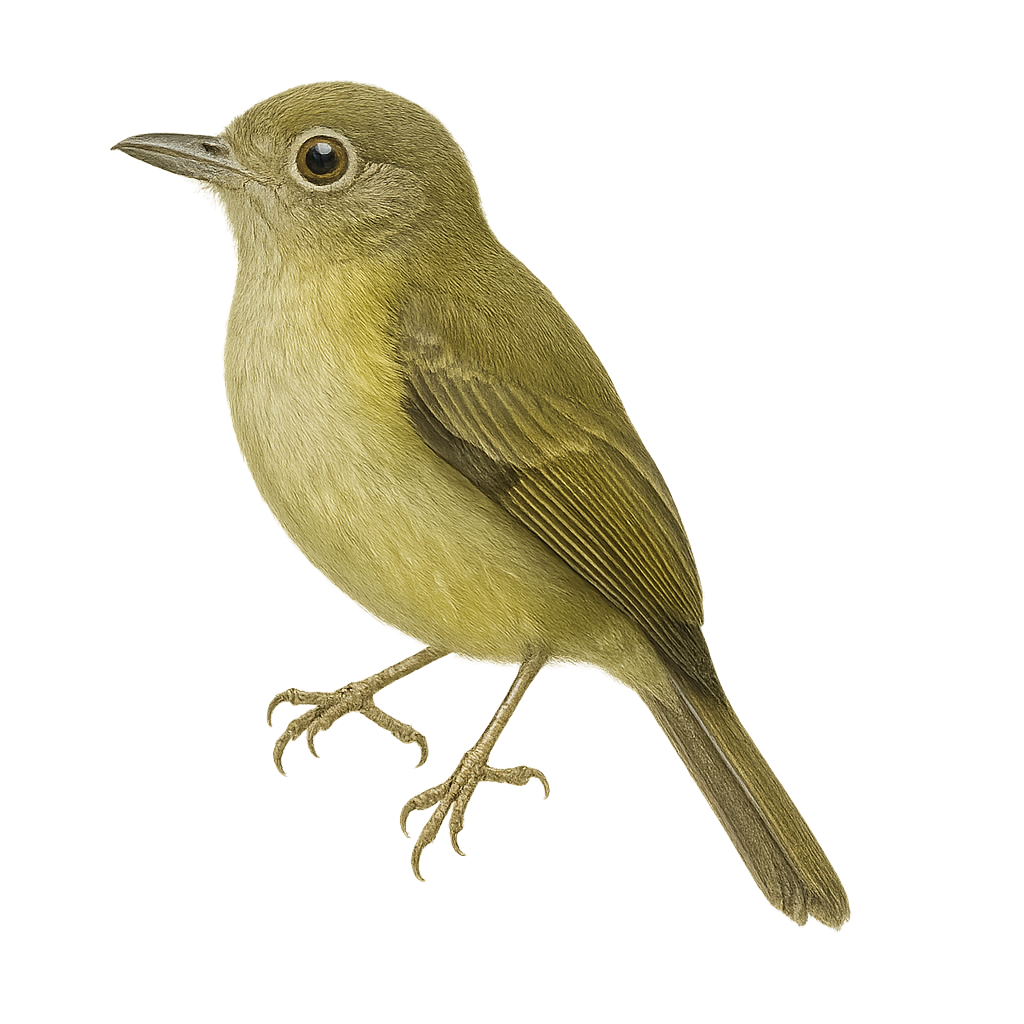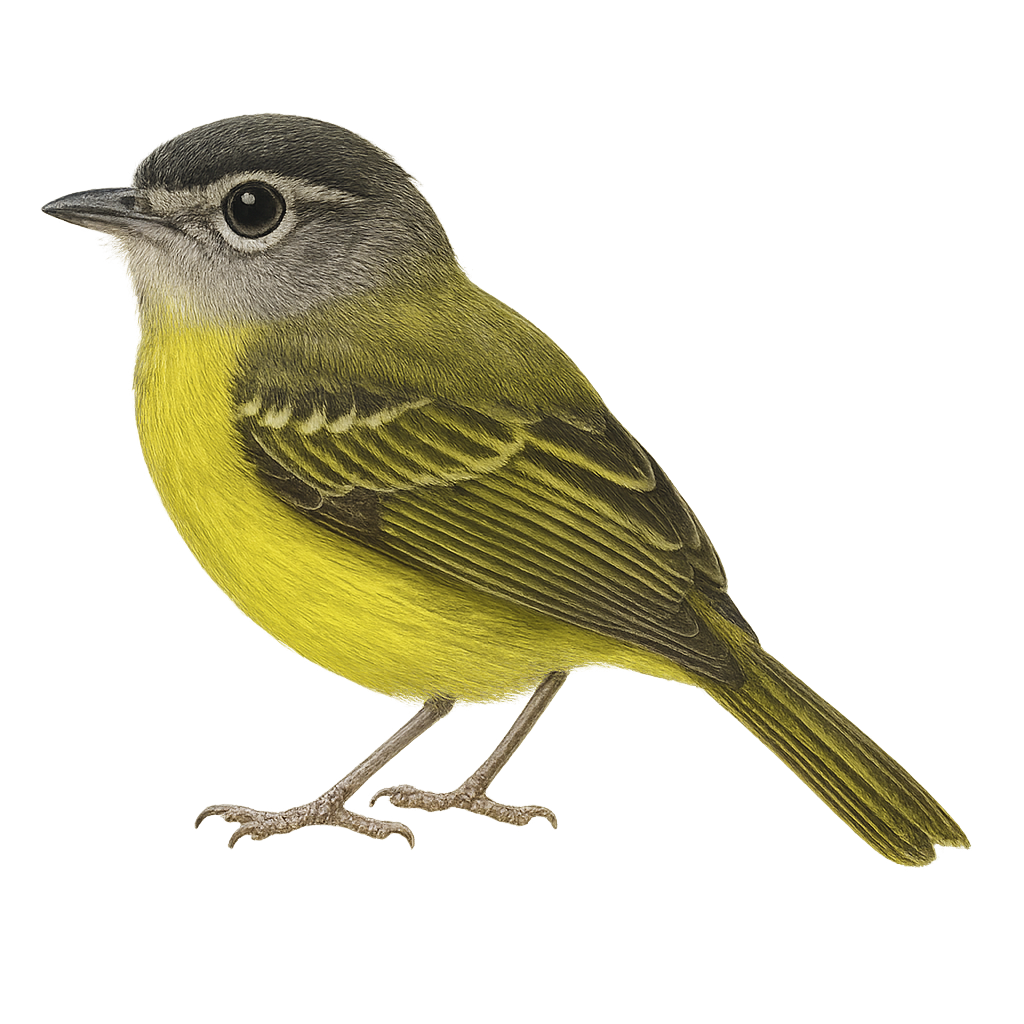Your wildlife tracking tool..
Browse 2,846species by country, track observations, and plan your photo outings.
Your global reference for wildlife photography
WildlifePhotographer gives you access to over 2,846 wildlife species sheets to help you identify, understand, and photograph wildlife around the world. Mammals, birds, reptiles… each sheet provides key information: habitat, activity, life cycle, signs of presence, and tailored photo tips.
Our database grows every week with new iconic species. To go further, access maps, reminders, logs, and personalized statistics in the app — designed to meet the real needs of wildlife photographers in the field.
Olive-striped Flycatcher
Oncostoma olivaceum
The Olive-striped Flycatcher, or Oncostoma olivaceum, is a small passerine bird in the Tyrannidae family. It is primarily found in the humid tropical forests of Central America, particularly in Costa Rica and Panama. This bird is distinguished by its olive-green plumage, which allows it to blend effectively into its natural environment. It measures about 10 to 12 cm in length and primarily feeds on insects caught in flight. The Olive-striped Flycatcher is often seen in pairs or small groups and is known for its melodious and varied songs. Although its habitat is threatened by deforestation, it is currently classified as of least concern by the IUCN.
Olivaceous Flatbill
Pogonotriccus ophthalmicus
The Olivaceous Flatbill, or Pogonotriccus ophthalmicus, is a small passerine bird belonging to the Tyrannidae family. This bird is characterized by its olive-green plumage and distinctive white facial markings. It primarily inhabits humid forests and forest edges in mountainous regions of South America, particularly in Colombia, Venezuela, and Ecuador. Its song is a soft, melodious trill, often heard before the bird is seen. The Olivaceous Flatbill is an active insectivore, capturing prey in flight or by foraging through dense foliage. Although relatively discreet, it can be observed in small groups or pairs during the breeding season.



